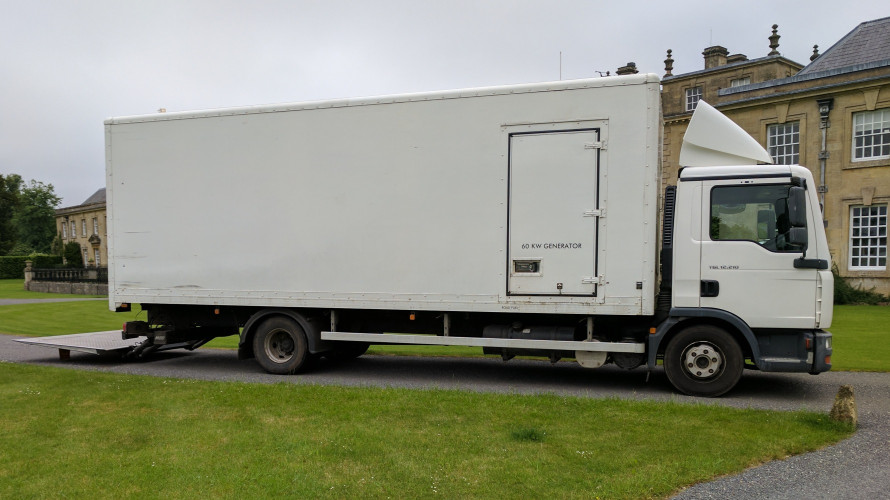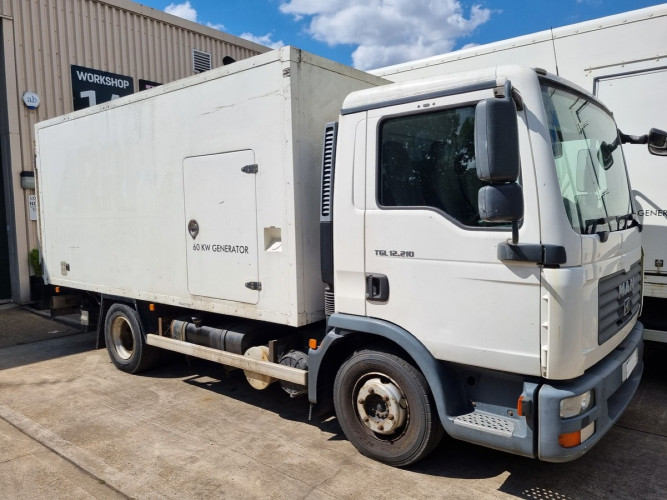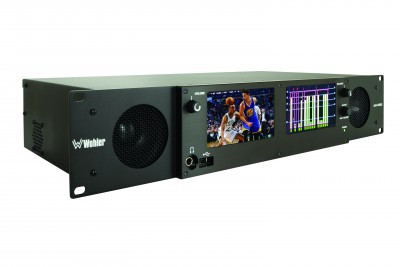by Brian Petersson
Issue 79 - July 2013 One of the many demands broadcasters face today is establishing effective multiformat signal management and confidence monitoring, which have become critically required capabilities, and there are several reasons behind this.
The first is the broadcast industrys progressive evolution slow at first, but accelerating over the past few years toward file-based media delivery and away from baseband. Second, the growing complexity of broadcast networks and the rising number of elements in the typical transmission chain have made identification and troubleshooting of problems in the MPEG transport stream an essential capability for most content providers.
A third reason that multiformat signal management and monitoring has become essential is that, with the advent of tablets and smartphones, a much broader market of consumption has opened up, and file-based formats (typically MPEG2/4 and H.264) make it possible to distribute content in many forms to many devices and their users. Google and YouTube got this ball rolling, enabling on-demand viewing on phones and other handheld devices, and now smart TVs support it as well. Broadcasters cant ignore the new opportunities this shift presents for delivering revenue-generating content. While content is being distributed via new outlets to an array of targetdevices, a great deal of content continues to be acquired within the traditional baseband environment. Cameras and recording media havent quite caught up, which means that many broadcasters are going through a transition period in which they must find a way to leverage libraries of baseband material news archives, sports footage, and the like for their broadcasts, as well as OTT and mobile services. As they do so, broadcasters require monitoring systems that can straddle the divide between baseband and file-based media and systems.
A wealth of equipment for traditional monitoring (analog or digital) applications is available today, but broadcasters have few options in filebased monitoring systems. Test equipment tends to be expensive and often focuses primarily on the MPEG packet itself the medium, or transport mechanism rather than on the quality of audio and video, or on critical metadata such as closed captioning. What broadcasters need are solutions that address all important parameters across both the baseband and filebased domains.
Wohler addresses this challenge with iON, which leverages Wohlers worldclass technologies to meet current and future signal management and confidence monitoring needs, on a single platform that can be remotely accessed and controlled from Web-enabled devices. Best of Both Worlds
iON was designed from the ground up to operate in both the baseband and file-based worlds and to interchange video, audio, and data between those worlds. Because iON is able to transcode between the baseband and filebased environments, it can address the full range of monitoring and display systems used across the broadcast enterprise. As a result, this single solution offers robust monitoring of A/V content and data (and the transport mechanism when necessary) from a single user-configurable software interface, regardless of the input type.
Recognizing the importance of flexible access and control, Wohler also gave iON remote monitoring capabilities. With iON, multiple users can access monitoring data from remote locations, and different levels of security and administrative access can be set to simplify system management.
Collecting signals from locally installed, modular hardware platforms in the broadcasters machine room, iON handles all types of signals (IPTV, MPEG, ASI, SD/HD/3G-SDI, MADI, audio, captions, loudness) at the source and allows them to be viewed, analyzed, and delivered to any HTML-5 compliant Webenabled device anywhere in the world. This innovative combination of functions transforms the way broadcast monitoring is performed. Monitoring is no longer confined to the machine room or rack, or constrained to one kind of signal within one box.
Broadcasters can now perform analysis on any kind of signal using a tablet or smartphone (iOS and Android), with all content and data streamed via an HTML5 browser-based interface. Taking advantage of the growing adoption and utility of HTML5, iON not only reports when a signal has disappeared or been compromised, but also streams content efficiently and in such a way that broadcasters are not limited to a narrow choice of viewing devices.
The internal transcoding capabilities of iON are valuable in other applications as well. For users who are monitoring a file-based format but need to provide a baseband signal for internal viewing, the Wohler system can be set to accept the file input, and output it as a baseband signal such as a digital SDI or HDMI feed, that can be connected to an off-the-shelf TV receiver or monitor.
A New Standard in Monitoring
Until now, broadcasters have lacked a single and complete solution that extends their conventional monitoring capabilities into the file-based world. Instead, to undertake multiplatform signal management and confidence monitoring, they have been forced to depend on two or even three discrete systems. iON provides a far more efficient, costeffective, and flexible alternative while providing highly sought after remote Web-based monitoring functionality, complemented by an intuitive and readily configurable user interface. With this unique blend of capabilities and benefits, iON is helping to bring the field of reference and confidence monitoring to a whole new level.
The consolidation of monitoring for compressed and uncompressed signals into a single unit and the straightforward analysis of key stream elements allow broadcasters to realize a high return on investment. Built on a modular design, iON also offers a future-proof approach to monitoring. As new technologies and formats emerge, broadcasters will be able to add support in economical increments according to the technical requirements of acquisition points along the broadcast and transmission chain. Already, iON offers broadcasters the foundation they need for accommodating the new AVB standard and the implementation of 4K content pipelines.
Addressing challenges in multiformat signal management and confidence monitoring

Author: Brian Petersson
Published 1st August 2013
























